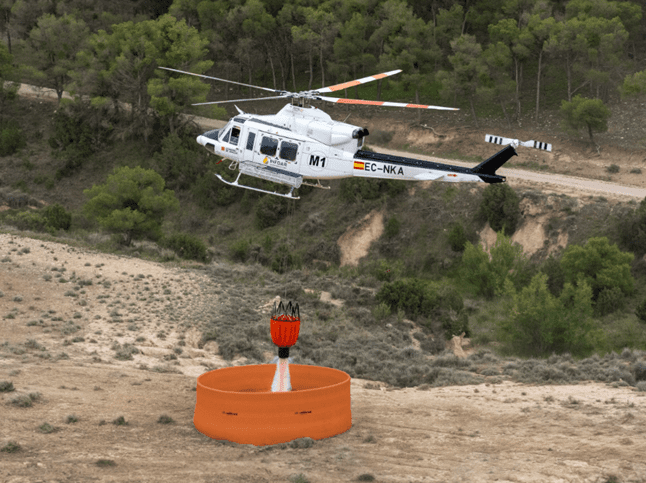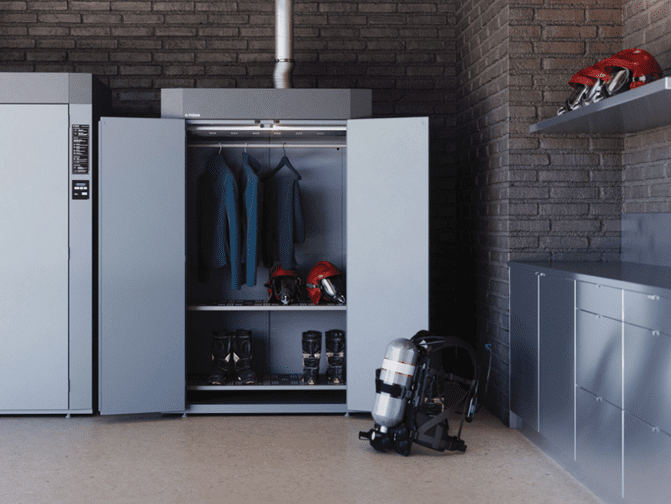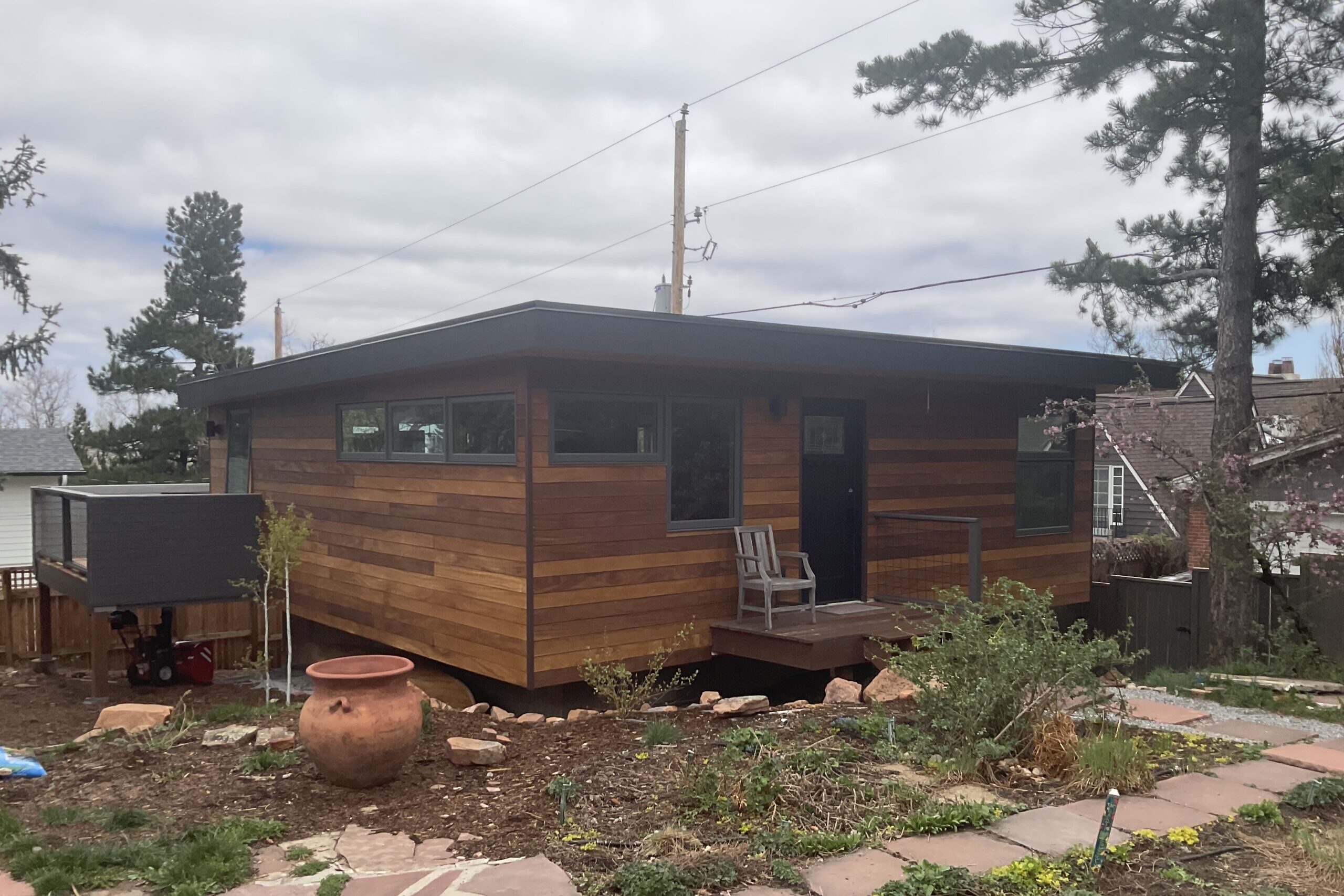Firefighters are using a new piece of technology to fight fires more efficiently and help Idaho’s forests and rangelands recover quicker. It was developed in the Gem State by Idaho State University and NASA.
Every year, wildfires scorch thousands of acres of Idaho, destroying homes and vegetation, and even changing the soil. After a wildfire is contained, the Bureau of Land Management or other fire management agency has just two weeks to figure out how they are going to try to help the land recover. They need all sorts of information to do that, from the soil, to the vegetation, to the land, and more. It would take an agency like the BLM four days to compile all that.
But, Keith Weber, Director of ISU’s Geographic Information Systems Research Center, already had a bunch of that information from other projects. So the center created, with NASA scientists, a program called RECOVER that compiles that information much faster than four days.
"We can go from nothing on the screen to a complete decision support system web-map in five minutes," said Weber.
It’s an interactive map with 20 layers of information on the history and ecology of a wildfire site. Once fire managers heard about RECOVER, they wondered if it could be used while a fire is burning to help them make, not just wildfire recovery decisions, but firefighting decisions. And, of course, it could.
"So, now we’ve got this decision support system that is actively being used by the BLM, Idaho Department of Lands, and so on… to get right on top of the fires as they happen," said Weber.
Starting in 2013, RECOVER has so far been used on eight Idaho wildfires, including the Big Cougar and Timber Butte fires this year. It’s accessible by fire managers anywhere they can get a signal on a smartphone or tablet, and is updated in real-time. All in an effort to keep Idaho green, growing, and beautiful.
According to Weber, "Yeah, it’s very cool."
NASA funded a lot of the work that went into RECOVER, and NASA scientists continue to work on it daily.
Weber says firefighters seem to love it. In fact, he says, they’re going to start using it to help coordinate fire retardant drops from their air tankers.









